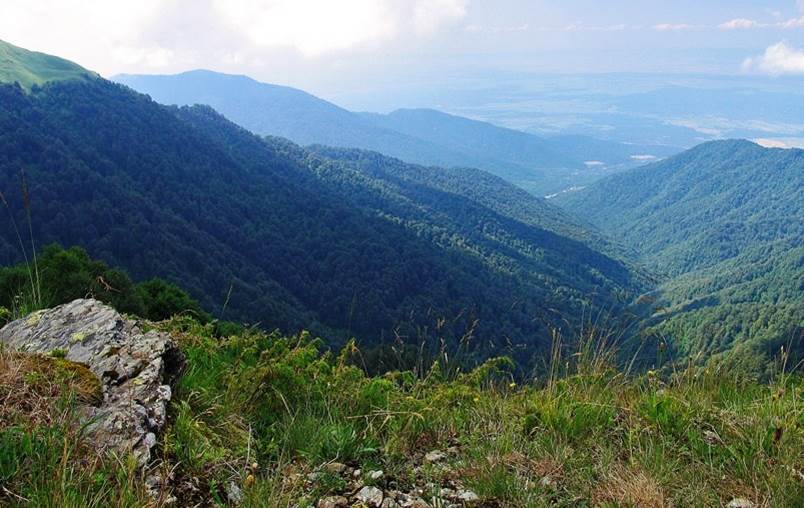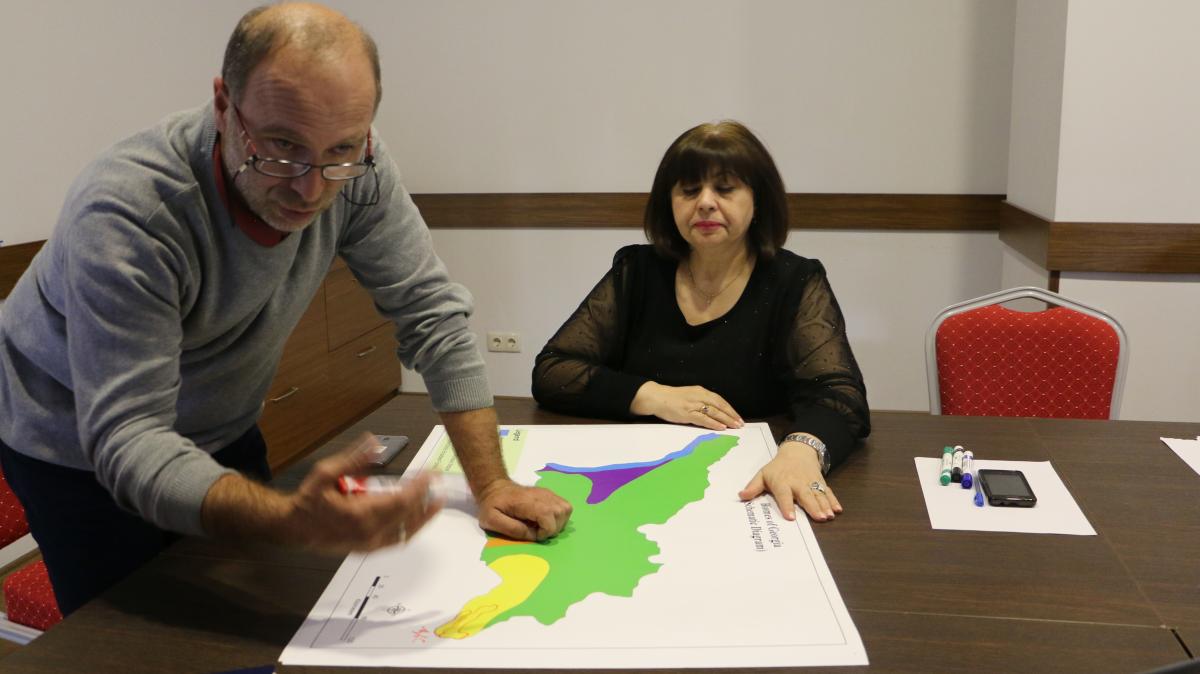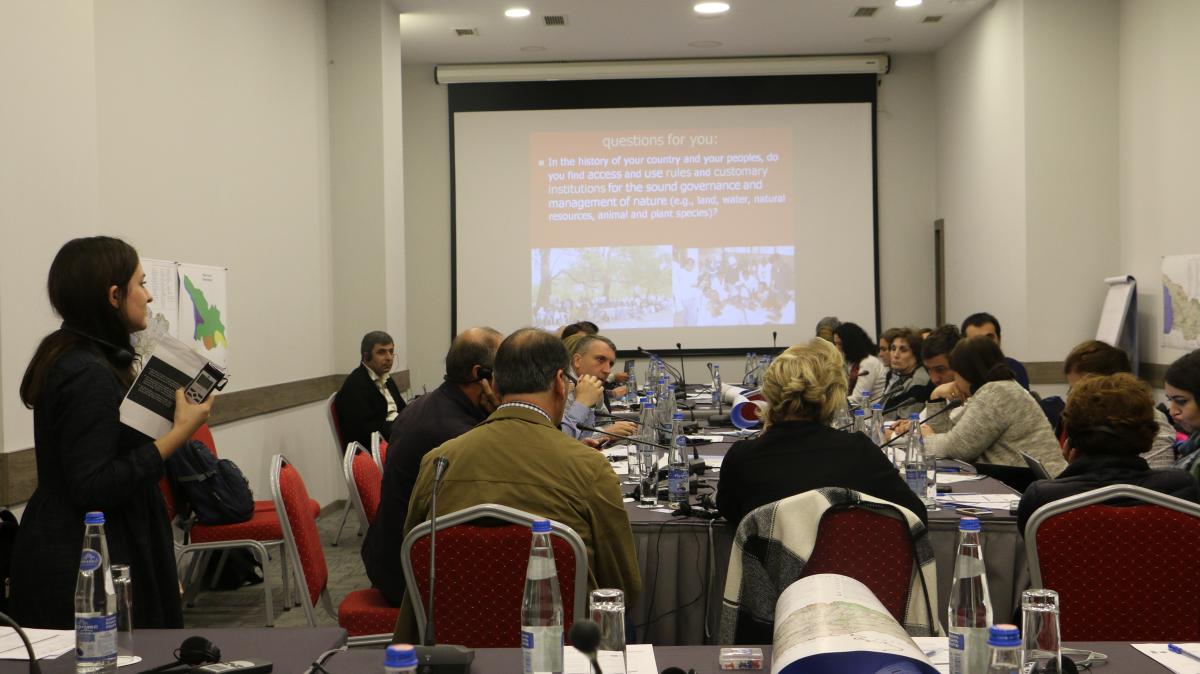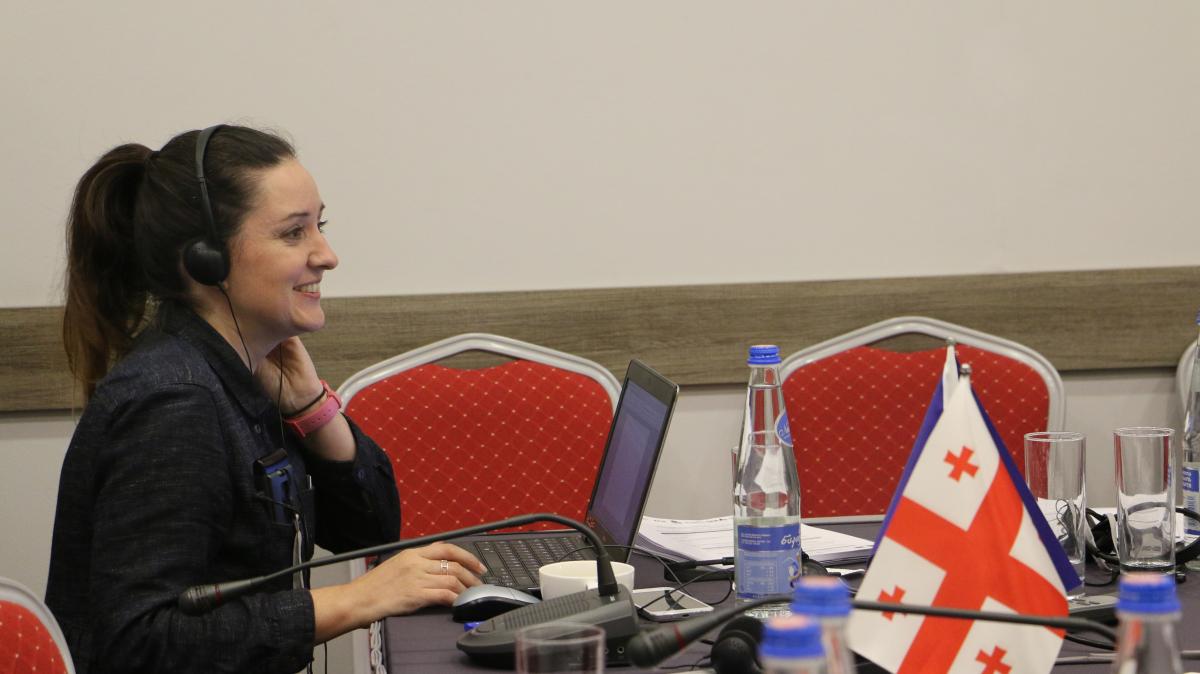Protected area governance in Georgia
A national level governance assessment was recently held in Tbilisi, Georgia, with IUCN leading a three-day workshop convening key stakeholders in Georgia. Representatives of the IUCN Global Protected Areas Programme, the IUCN ECARO Office with Regional Director Mr. Boris Erg, and the IUCN Georgia office were in attendance.
The objective of the Governance of protected and conserved areas in Georgia workshop, held in October 2017, was threefold: To support a review of the protected area governance system in Georgia; to engage a practitioner network to help support the Agency of Protected Areas (APA) to identify key themes in governance diversity and quality, thereby generating improved recommendations and options for expanding the governance toolbox; and finally to identify and strengthen the communities in Georgia already conserving their local environments de facto, in conjunction with the ICCA consortium.
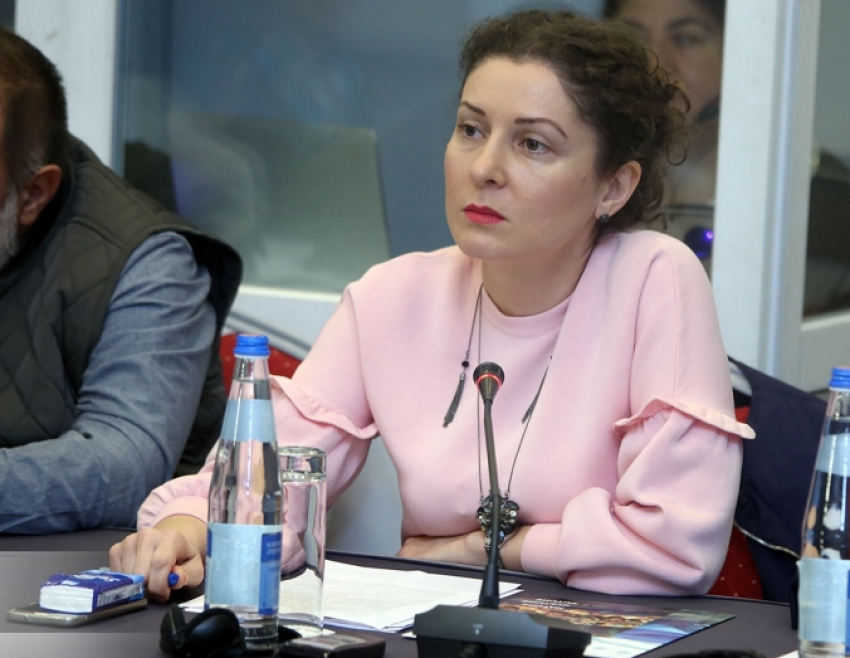 Photo: Jennifer Kelleher/IUCN
Photo: Jennifer Kelleher/IUCN
Georgia has incredibly diverse landscapes and is a haven for biodiversity, ranging from woodlands and forests to alpine terrain to desert and has a long coastline bordering the Black Sea. This rich myriad of biomes is protected under Georgia’s robust system of protected areas. Categories of protected areas in Georgia include strict nature reserves, national parks, natural monuments and habitat management areas. These usually fall under public ownership and come under the full jurisdiction of APA.
Interestingly, Georgia also presents categories under multiple ownership, such as the category ‘Protected Landscape’ and ‘Multiple Use Protected Areas’, which give strong roles to the local constituencies. Several recommendations for strengthening the system as a whole emerged during the presentations, group work and discussions, and the work will continue throughout 2018.
The event was well attended by not only the Ministry of Environment and Natural Resources Protection, the Agency for Protected Areas (APA), local government representatives, several community representatives and local NGOs, but also other international NGOs working in Georgia, such as UNDP and WWF, amongst others. It also connected well with the IUCN led workshop on the IUCN Green List, which focused on developing the Green List programme in Georgia, and rolling out the site level assessments. This work goes hand in hand with the national level assessment.
The workshop was also preceded by field visits by the IUCN and UNDP to the Machakela national park area, to visit local communities who are actively involved in de facto conservation. Amongst the landscapes visited were the Saphari forests, locally managed and governed areas, protected by communities for centuries.
 Photo: Jennifer Kelleher/IUCN
Photo: Jennifer Kelleher/IUCN
 Photo: IUCN and partners
Photo: IUCN and partners
 Photo: IUCN and partners
Photo: IUCN and partners
The German government, the Global Environment Facility (GEF), and the United Nations Development Programme (UNDP) have formed a partnership to create the largest global fund for territories and areas conserved by indigenous peoples and local communities (ICCAs). The initiative is entitled ‘Support to indigenous peoples’ and community conserved areas and territories (ICCAs) through the GEF Small Grants Programme' is referred to with the short abbreviation GSI. It is financed over five years as a contribution to the achievement of targets contained in the CBD Aichi 2020 framework, and is working in at least 26 countries at the global level.
